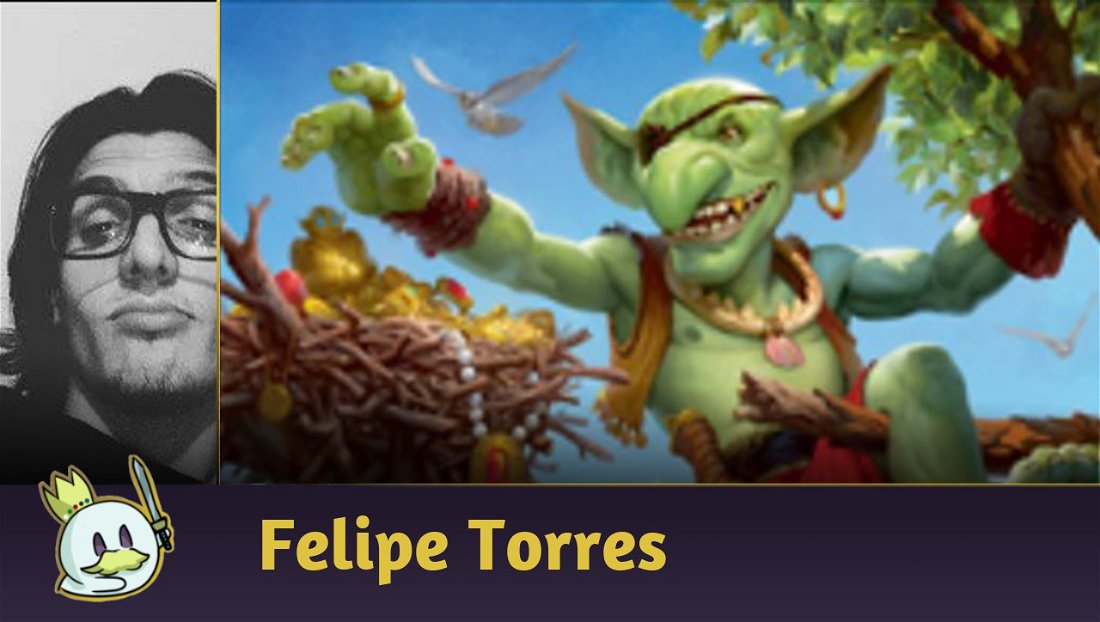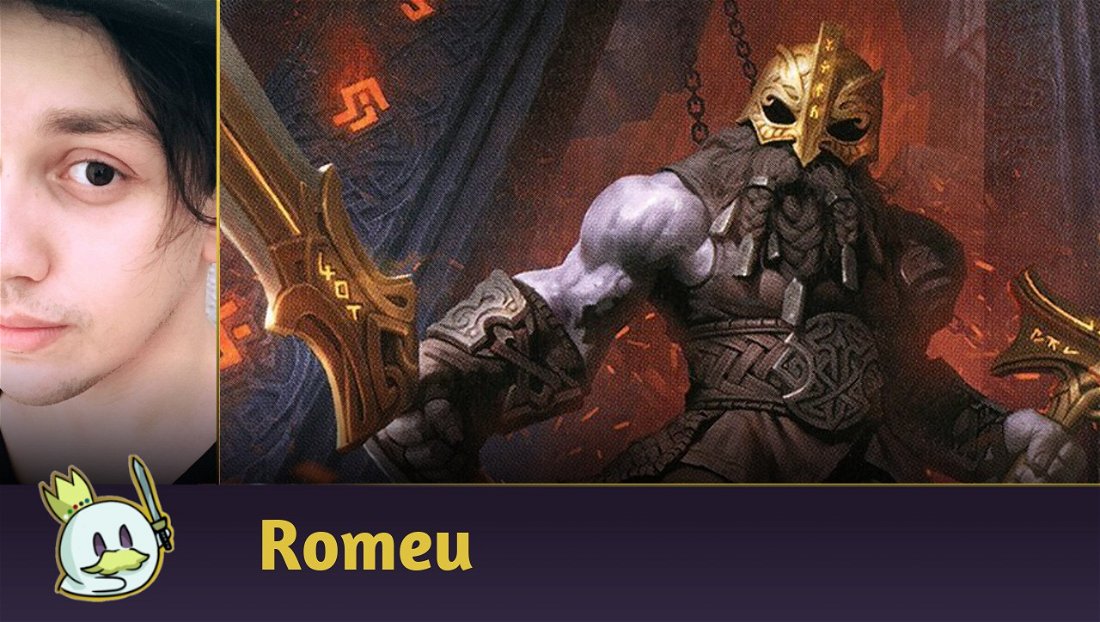Greetings!
Kamigawa: Neon Dynasty has arrived with everything, several cards impacting the constructed formats and many people still poring over strategies in Limited.
After the period of stoppage of physical events due to the pandemic, many stores were able to hold the famous "Pre-Release" - one of the most traditional Magic events, when people can open packs and build decks only with the new cards, in great fun and celebration of the game and the upcoming set.
One of the really cool things about these Prerelease events is that you start to notice the interactions within the cards in the set itself, which in turn always brings some questions about rules/mechanics — especially when they're new rules or "updates". Based on that, and what I've observed over the course of the four Prerelease events I've followed, I bring you this Top 5 questions!
Ad
Top 5 Kamigawa: Neon Dynasty Prerelease Questions
5 — Crew vehicles with creatures that were cast this turn

Vehicles appeared in the game with Kaladesh in 2016, but they haven't been as "core" in a set since then. It's natural that some details have been forgotten in these more than 5 years, or whoever started playing in the meantime didn't have such a great contact with Vehicles.
“Crew” is an activated ability of the vehicle, not the creature, so you can activate it with a creature that just cast this turn. The creature can't attack or activate its own abilities, of course—remember the “summoning sickness” rule—but since you're only using it to activate an ability of another permanent, that's fine.
4 — Only abilities on the stack can be countered by Mirrorshell Crab

One of Kamigawa's innovative cards, Mirrorshell Crab, for the first time introduced an ability-countering effect at Common.
However, the term “ability” is quite broad in Magic, which can lead to some confusion. There are abilities that we call “static”, they are tied to a permanent or an effect and thus affect the game without having to use the stack. Some examples, to help you understand: Blood Moon, Thalia, Guardian of Thraben or Glorious Anthem, are static effects — you can't use Mirrorshell and counter whatever they do.
On the other hand, there are abilities that are activated (that is, the controller pays a cost and puts it on the stack) and others that are triggered (they go on the stack when some event happens). Some examples: Fetchlands (activated), Soul Warden (triggered), even the Mirrorshell's own Channel ability (which also activates when paying the cost). These, which go on the stack, are the abilities that Mirrorshell Crab can counter.
Oh, and one last tip! Mana abilities don't use the stack, so you can't counter lands generating mana (or a mana dork, etc)
3 — The Lethal Exploit card “holds” information about the modified creatures at the time it goes to the stack

If you read Lethal Exploit's text quickly, you might think that in response to the spell on the stack, if you destroy some of your opponent's modified creatures, you might be able to lessen the -1/-1 penalty it inflicts (or even modify a creature to increase this penalty).
However, watch carefully! The card text is clear about “each modified creature you controlled as you cast the spell”! So by the time Lethal Exploit hits the stack, it's already defined what the additional -1/-1 will be to its normal effect, and adding or removing modified creatures from the board, even with Lethal Exploit still on the stack, won't change its effect.
2 — When a creature attacks, objects attached to it are NOT tapped together

It's very common when we attack with a creature full of auras/equipment to tap the entire set of cards because it's easier to turn them all at once. However, in terms of rules, the only object that is effectively tapped in the attack is the attacking creature itself — the other attachments are unchanged.
Ad
This is quite relevant in Kamigawa, as we have equipment-creatures in the set. If one of these creatures is equipping another creature of yours (for example, it's only in "equipment" mode), it will NOT be tapped when the other one attacks. Which lets you, after combat passes, pay the Reconfigure cost and make it revert to a creature — untapped and ready to block if necessary.
1 — Sagas that transform into creatures CANNOT attack in the same turn - unless, of course, they have haste

This was by far the most common question over the course of events, and I largely attribute this frequency to the fact that people's memory is still very fresh of Innistrad's Werewolves.
The werewolves from Midnight Hunt and Crimson Vow, when they transform, are still the same object on the board — it just changed the side of the card, but it's still the same creature, so much so that it retains auras, counters, and other things that are affecting it. .
The Kamigawa Sagas, which in the last chapter transform into creatures, actually do a little more than just transform: the text of the last chapters makes it clear that they are exiled and then return from exile transformed. This makes the creature that enters the board a “new object” in terms of the rules, and therefore normally suffers from “summoning sickness” — it is only possible to attack from the next turn (unless the creature has or gain the haste ability).
Conclusion
Well, with that, we had my TOP 5 questions that came up during the prerelease events I followed! Have you participated in an event and had similar questions? If you have a situation you would like to share or questions to be answered, just leave a message here in the article!
I hope you enjoyed it and see you soon!








— Comments0
Be the first to comment